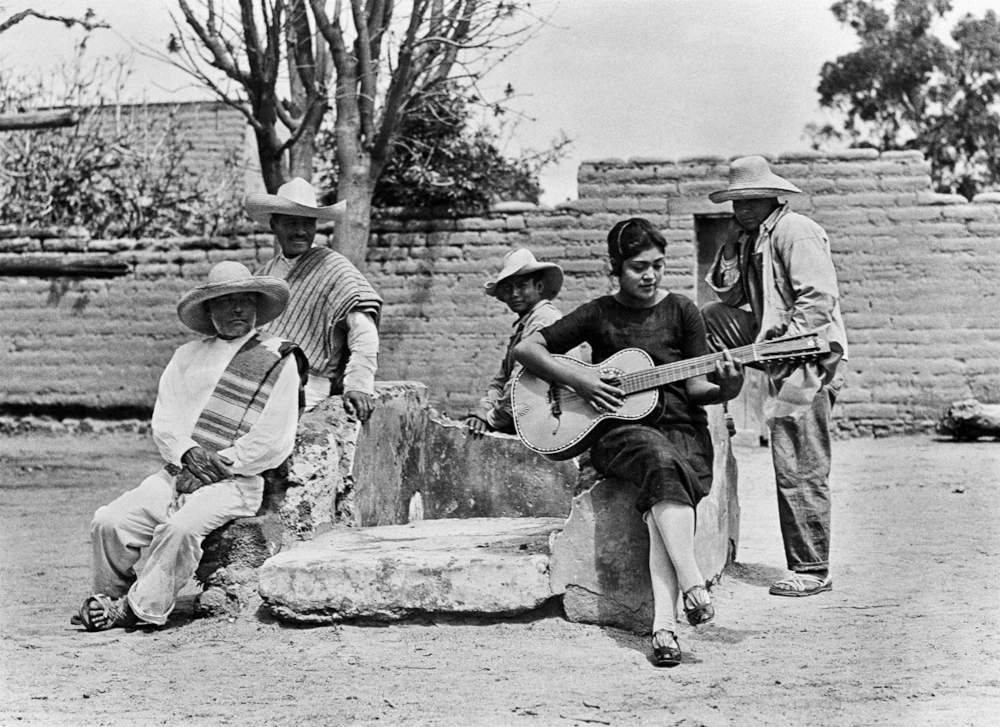A large monographic exhibition dedicated to Tina Modotti to be held at Palazzo Roverella in the fall.
After Robert Capa and Robert Doisneau, the photography of Tina Modotti (Udine, 1896 - Mexico City, 1942) arrives at Palazzo Roverella in Rovigo this fall. The exhibition venue will host from Sept. 22, 2023, to Jan. 28, 2024, an extensive monographic exhibition, with more than two hundred images along with films and documents, curated by Riccardo Costantini with the collaboration of Gianni Pignat and Piero Colussi. The exhibition is promoted by the Fondazione Cassa di Risparmio di Padova e Rovigo and has the collaboration of Cinemazero and the organizational secretariat of Dario Cimorelli Editore.
A woman who admitted no barriers or limits, Tina faced life with the grit of a pasionaria, strengthened by a beauty that intrigued everyone and a talent that led her from the poor house at 89 Via Pracchiuso in her native Udine to Hollywood, where she starred in three silent films, and then to the cultural vibrancy of Mexico City.
Introducing her to photography was the great American photographer Edward Weston, whose model and assistant she was, coming to build her own thematic and stylistic path. Tina Modotti experimented with the use of the camera, ranging from architecture to still lifes, and then devoted herself to recounting the life, work, and everyday life of the working classes, peasants and laborers, to which she felt she belonged.
The exhibition intends to document Tina Modotti’s entire oeuvre by focusing on the reconstruction of the only exhibition she directly held in Mexico City, in 1929, at which about sixty works were exhibited, more than forty of which will be in the exhibition.
Tina Modotti participated in the city’s cultural vibrancy, hanging out with writer John Dos Passos, actress Dolores Del Rio and becoming friends with Frida Kalho and Diego Rivera, and of the latter she photographed the latter’s murals. Pablo Neruda struck by his friend’s sudden death on the evening of Jan. 5, 1942, while in a cab returning from a dinner with friends, dedicated a heartfelt epitaph to her: “Tina Modotti, sister do not sleep, no, do not sleep: perhaps your heart feels yesterday’s rose growing, yesterday’s last rose, the new rose. Rest sweetly sister. On the jewel of your sleeping body still stretches the pen and the bloody soul as if you could, sister, rise and smile above the mud.” These early verses by Neruda appear in the pantheon of artists in the Mexican capital. The last of the epitaph, “Pure is your sweet name, pure your fragile life:/Of bee, shadow, fire, snow, silence, froth,/of steel, line, pollen, was made your iron,/your delicate frame,” in the stele dedicated to Modotti in her hometown.
Tina Modotti’s work was for many years forgotten until its rediscovery at the Moma exhibition in New York in the winter of 1977. Since that time, her figure as an intellectual and nonconformist, as well as her photographic work, have been the subject of study and in-depth analysis, confirming her role as one of the most important women of the 20th century.
Image: Tina Modotti, Concha Michel and her assistants at the inauguration of Escuela Libre de Agricultura No. 2 “Emiliano Zapata” in Ocopulco, Mexico 1928
 |
| A large monographic exhibition dedicated to Tina Modotti to be held at Palazzo Roverella in the fall. |
Warning: the translation into English of the original Italian article was created using automatic tools. We undertake to review all articles, but we do not guarantee the total absence of inaccuracies in the translation due to the program. You can find the original by clicking on the ITA button. If you find any mistake,please contact us.




























